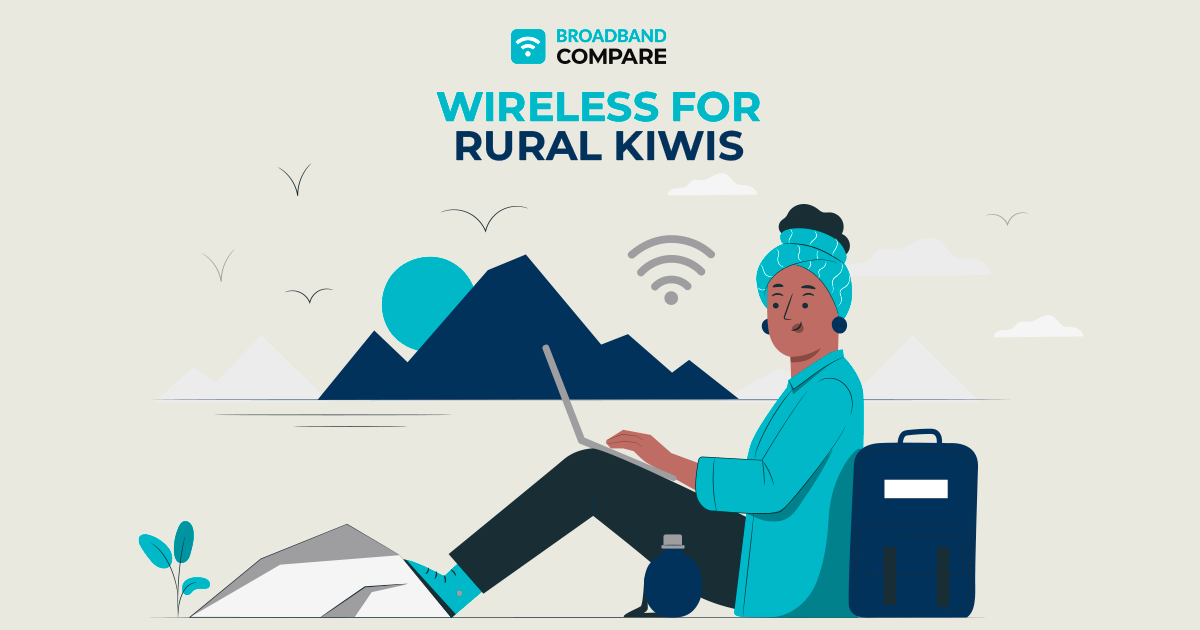
In New Zealand, most Kiwis are connected to the fibre network. Fibre requires an enormous network of underground fibre optic cables that use light to transfer data back and forth. While this is the fastest type of broadband on the market, it isn’t available to everyone. Kiwis in rural communities are particularly unlikely to have fibre availability. As such, rural Kiwis need alternative connections. Wireless, also known as fixed wireless, is a popular option for Kiwis living in rural areas of the country.
Wireless, as the name implies, doesn’t have any wires or cables. Instead, it uses the technology of radio waves. The journey of the data transmission starts at a cell tower. Cell towers are located at particular locations, typically on a hill, away from trees or buildings. The radio signal is emitted at a particular frequency, reaching into the local area. If you have a WiFi modem in the area, it can pick up on the signal and then transfer data back and forth.
For Kiwis who don’t have access to fibre, wireless is a great alternative, providing a reliable connection for your day-to-day internet activities. But which provider and plan should you choose? Broadband Compare can help! Our user-friendly comparison platform empowers rural Kiwis to compare wireless plans available to them. Simply jump on our website and type in your address. We will show you the wireless plans available to you. Within just a few minutes, you can compare the options side-by-side and choose the one that best matches your needs and budget.
Find the cheapest wireless plan for your rural household and enjoy a strong broadband connection that makes it easy to watch your favourite show, shop online, scroll social media, and work from home. There are many benefits to comparing and switching your broadband plan and provider, including saving money in the short and long term. Compare and save today!